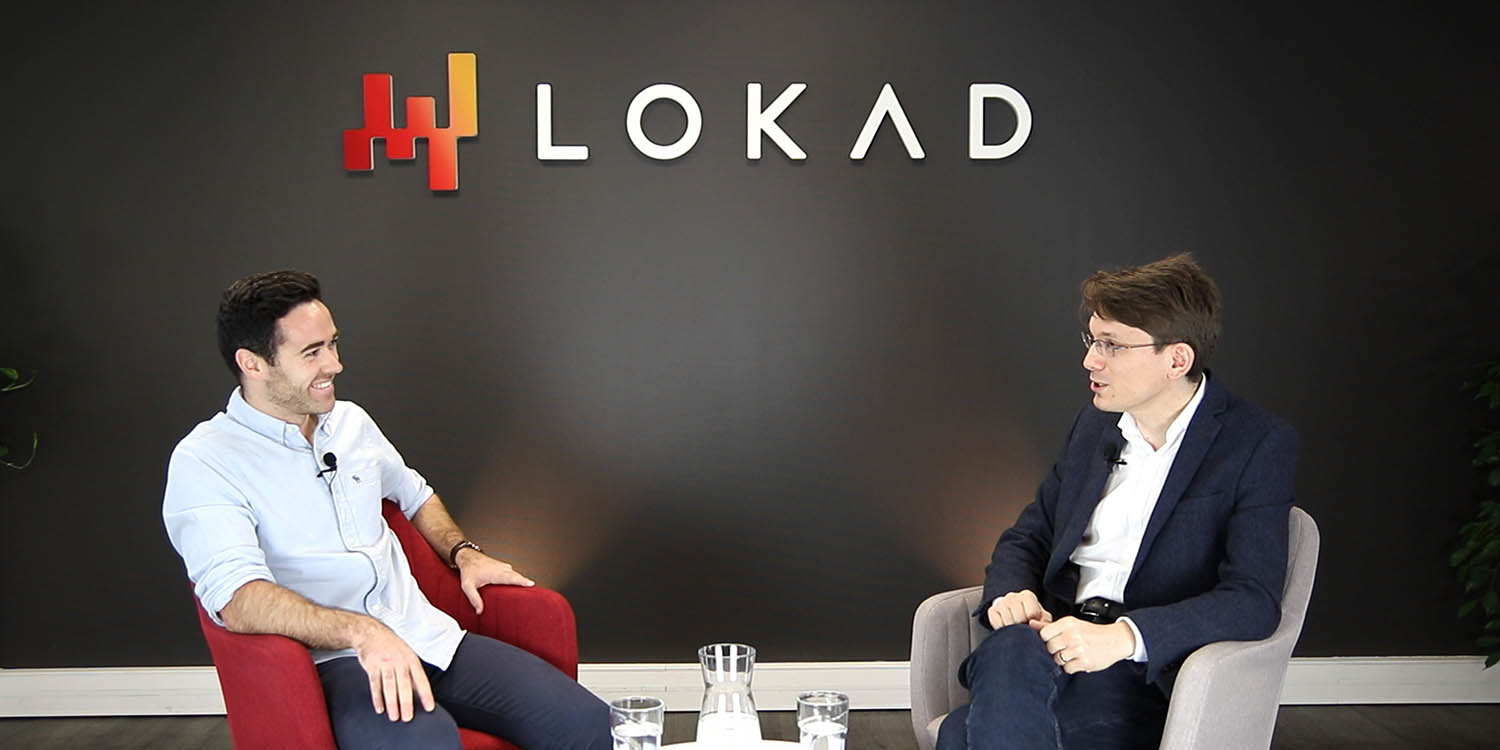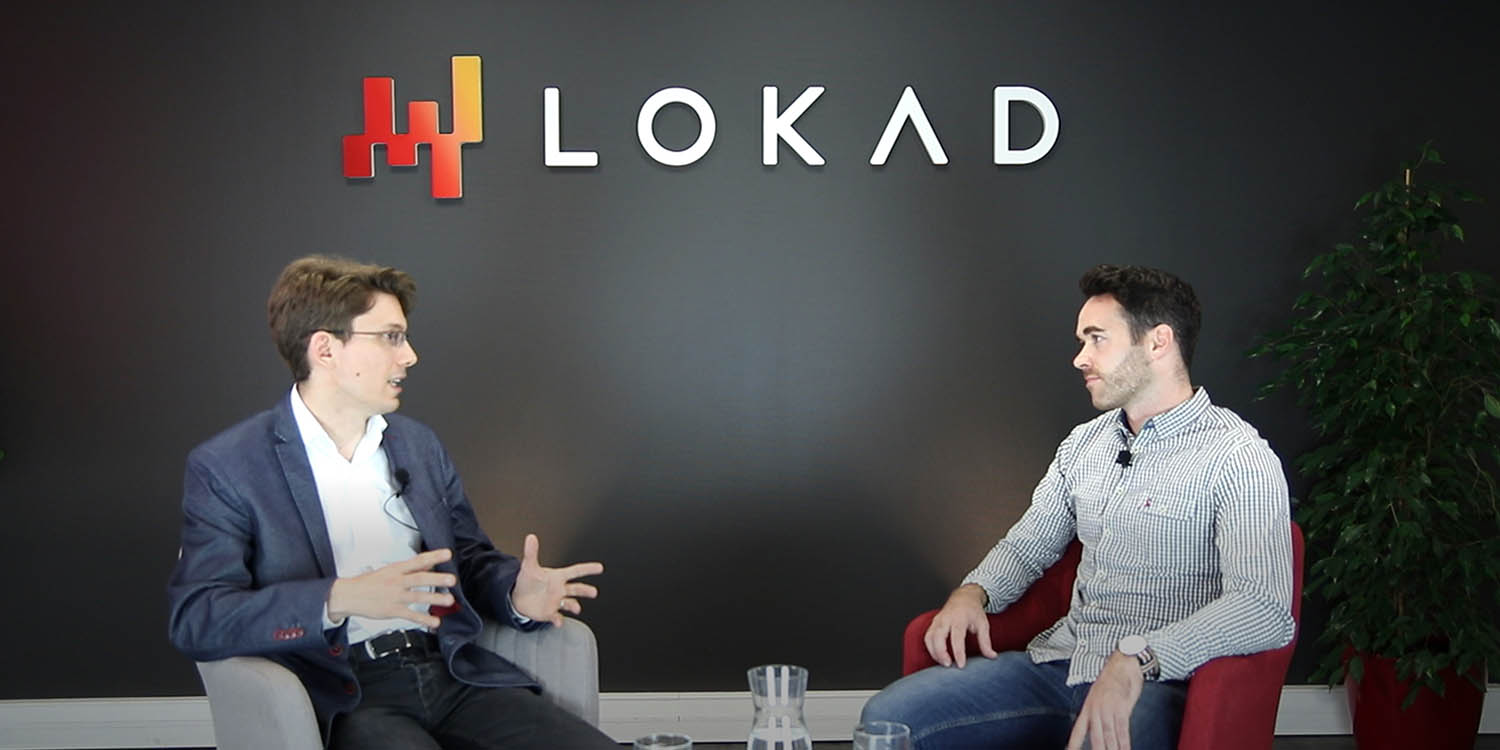Supply Chain science and tech
BACK TO LOKAD TV ›
Why Safety Stock Is Unsafe
Safety stocks are an inventory optimization method that enforces an extra quantity of stock beyond the expected demand in order to maintain a target service level. This method relies on key statistical assumptions about the demand forecast, most notably that the error is normally found in the distribution.
Generations of Machine Learning
Machine learning is an umbrella term that includes diverse algorithmic approaches. In supply chain, the historical way of doing machine learning was time-series forecasting. However, this approach has been superseded by a series of superior forecasting approaches.
Why Lead Times Are Nearly Always Underappreciated
The lead time is the total amount of time, typically counted in days, associated with the inventory replenishment cycle. The amount of stocks that a supply chain needs to operate tends to be roughly proportional to its lead times. Accurately estimating future lead times is critical for accurately estimating the amount of inventory needed to fulfill future demand. However, it is a fundamental factor that is often overlooked by companies, with a far greater importance being placed on forecasting.
Service Level vs. Fill Rate
In supply chain, the service level defines the probability of not hitting a stock-out during the next ordering cycle. However, the fill rate defines the fraction of the customer demand that will be properly served. Service levels and fill rates are distinct, and should not be confused.
The Min/Max Inventory Method Doesn’t Work
The Min/Max inventory method defines two stock levels: first, a replenishment threshold, referred to as the 'min', and second, a replenishment target, referred to as the 'max'. Yet, despite its popularity, this method is not suitable for most modern supply chains.
Is Forecasting High Growth Possible?
Growth, and more generally trends, needs to be taken into account in order to deliver accurate demand forecasts. However, growth; as a statistical pattern, proves to be more difficult and more elusive to capture than other well-known patterns such as seasonality.
How To Forecast Seasonality
Seasonality is one of the major cyclical patterns that can be used to improve forecasting accuracy. Most supply chain processes tend to be seasonal to some degree. Not only because of demand, but also lead times.
ABC Analysis does not work
The ABC analysis is a widespread inventory categorization method used in many supply chains. Its intent is to prioritize management's attention to where it matters most. Yet, this method has many flaws, and can no longer be considered as state-of-the-art.
Modularisation in Supply Chain
While the physical infrastructure supporting most supply chains is highly modular, their software infrastructure counterpart, e.g. inventory control or demand forecasting systems, tends to be monolithic and brittle. As a result, large scale software supply chain failures are still ongoing.
Sales and Operations Planning (S&OP)
Sales and Operations Planning (S&OP) is a corporate practice intended to deliver superior supply chain execution by leveraging a deeper alignment with other divisions beyond supply chain - most notably sales, finance and production. Despite the claims from multiple vendors that the best-in-class businesses operate under S&OP, most implementations suffer from similar flaws, which are intrinsic to the very nature of S&OP.









